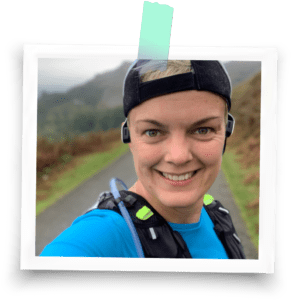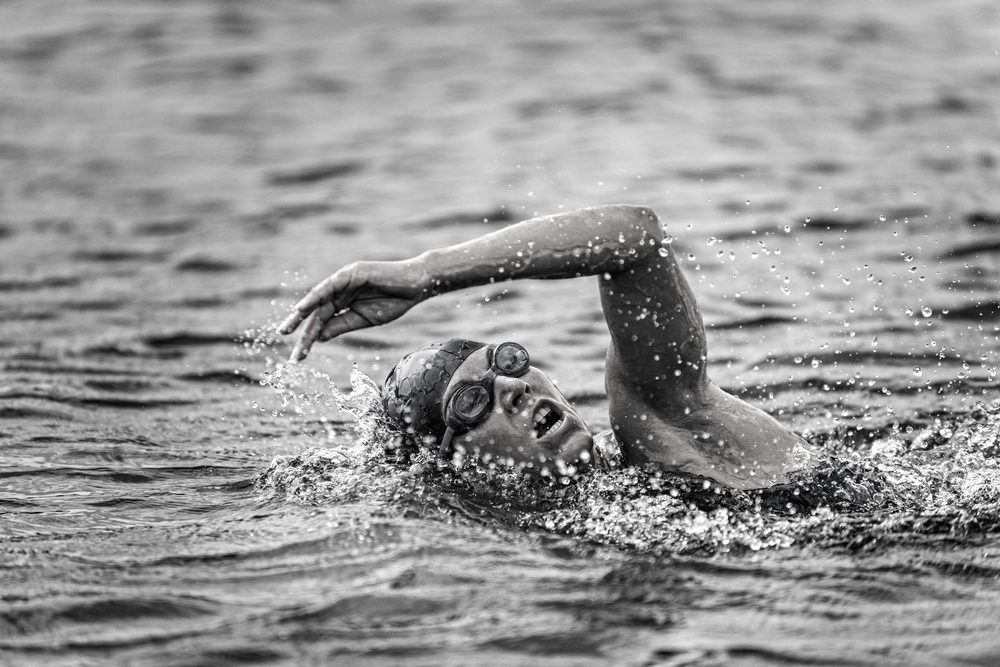Biomechanics Assessments
Locate & Correct Asymmetry Or Imbalances Within Your Body
I am a level 4 Biomechanics Coach, Level 2 Coach in Running Fitness and a Triathlon Coach. I’d love to help you get faster and smash your next event with a biomechanics assessment.
By locating asymmetry and imbalances in your body, I will provide a 14 day plan to correct them utilising Muscle Energy Techniques (M.E.Ts), stretches, and targeted strength exercises.
If you would like to know more, Contact Me or take a look at my Biomechanics assessment plans.


